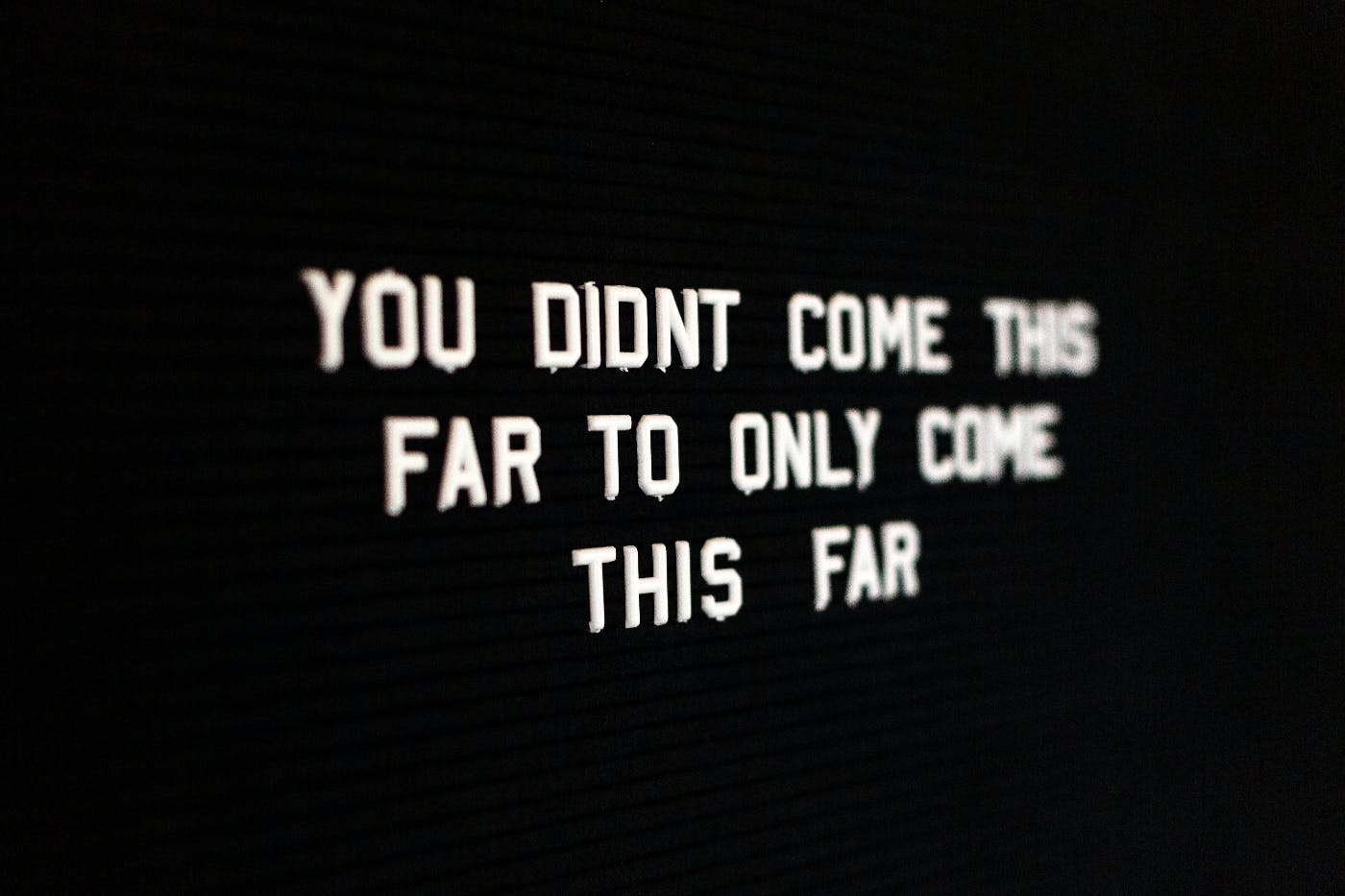

Listening is active; hearing is passive. When you’re working with clients or potential clients, you cannot afford to be a passive listener, ever.
We talk a lot about listening, and we do so because there is no more important skill to learn and perfect than listening.
You can hear people and not listen to them. Sounds counter-intuitive, doesn’t it? Probably, but it will make sense when you put a little thought into it.
If you’ve ever been in an argument with a friend or lover, and the situation became very heated to the point where you’re both yelling at each other, are you still listening? Chances are the answer is no. When the level of argument reaches the point of screaming, we hear the other person, they hear their yelling, the tone, and the volume, but you’ve stopped listening to the words and trying to understand the meaning.
Listening is active; hearing is passive. When you’re working with clients or potential clients, you cannot afford to be a passive listener, ever.
What is active listening?
As we stated, there is no better soft skill to learn and improve than listening. When you listen well, you have a better chance of developing and maintaining relationships, understanding what people who may be of opposite opinions than you are trying to say, and you retain more information for a longer time. This means information, instructions, and small details that can make a client recognize you’re paying attention. This can make a client feel seen and heard, leading to them trusting you.
We already showed that you could hear and not listen, which will get you nowhere. We mentioned active listening; what does that mean?
Active listening is when you give a speaker your full and undivided attention. This is true in a lecture situation as well as when you’re listening to one or two people in a conference room. You’re listening to all they say, retaining the information, asking questions, and reacting physically and verbally to what’s being said. When you’re actively listening, you’re also responding appropriately. This means you’re not just nodding along to make the speaker think you’re listening, you’re listening, and that sparks questions or responses connected to what’s being shared.
Passive listening is just that; you’re hearing but not listening. You’re not fully engaged; you’re thinking about yourself or other things and passively allowing words, thoughts, and ideas to float by or bounce off you and drop away.
Active Listeners are Present
An active listener is present and in the moment. Meaning they are fully in the room, fully listening and not allowing their minds to drift or not in their own heads thinking about how they should respond to the speaker in a way that makes them sound good, intelligent, connected, etc. That voice, the one that is speaking in the head, is the editor, and the editor doesn’t allow us to be present; it schemes and overthinks. Worst of all, it doesn’t allow for honest, active listening.
An active listener doesn’t have to prepare for the meeting; they don’t have to worry about how to respond or how they look, will people believe they are listening?
Think that sounds ridiculous?
Well, the truth is, most people go into meetings where they are supposed to listen to a speaker, and they don’t pay attention. Their thoughts are elsewhere; they’re tired and don’t want to be there, so they expend an inordinate amount of energy trying to look like they’re listening. They do this so people think they are good employees, and hopefully, they will be left alone.
They are passively listening and gaining nothing from it. It would be much easier if they just listened actively. Put all their focus on the speaker, put themselves entirely in that moment, that place, and listen. Instead, they’re not present.
Active listeners are free of worrying about how they look to others because they are listening. They don’t have to think about how to react because they are listening. When the activity is to listen, and you do that, you are present and fully connected to the speaker. When actively listening, your reactions, thoughts, comments, and ideas do not have to be orchestrated or rehearsed; they will happen organically.
Active Listening Involves More Than the Ears

When learning to listen better and actively listen, it’s vital to understand that active listening involves more than just the ears. You need to listen to someone with your eyes and well, and you need to listen not just to their words but their tone of voice and body.
According to Albert Mehrabian, a researcher of body language who first broke down components of a conversation, communication is 55% non-verbal, 38% vocal, and 7% words only. This means that a considerable chunk of your hearing task is paying attention to body language.
When you’re actively listening, you’re not looking down, looking at your phone, and thinking, well, I can hear him, so I’m listening. When you’re not looking at the speaker, fully engaging with them, then you’re missing 55% of the conversation.
How will a client feel when you’re getting less than half of what they’re saying? How likely are they to trust you if they have to repeat things they already said? How strong do you think your relationships will be if you have to ask what did you say again and again?
Active listening means listening to words, sounds, tone, and what the body is saying.
Why is Active Listening Important for Business
We know that better listening, active listening helps build stranger connections with your clients, but it goes deeper. It’s a soft skill that makes you more valuable as an employee. Active listening is right up there with critical thinking and conflict resolution, both valuable skills to have as an employee. Adding active listening to that makes you a literal triple threat.
Active listening also helps in the following ways,
Build Connections
A strong connection is built on truth and trust. When people see that you’re really listening, giving them your full attention, and paying attention to them fully, it becomes easier for them to trust you and speak to you more truthfully and profoundly. When they start sharing deeper truths, your relationships get stronger. This works for co-workers and clients.
Solve Problems
If you’re actively listening to co-workers, you’re fully engaged, so you’re picking up on a lot of cues and internal information. As opposed to passively letting the conversation go on around you, you can home in, actively listen, and have a better chance of solving the problem, because you know what the problem is.
If you think about it, how often do you judge a conversation before you go into it? You know this person; you know how they are and how they act, so you passively listen, and you miss the point. Actively listening allows you to understand more and get to the meat of the matter quickly.
Know More
When you actively listen, you learn things. When you actively listen, you understand more and retain more information. That information on new subjects, processes, and approaches gives you more ammunition for later. The more you know, the more valuable you are as an employee. The wider your knowledge is, the more interesting you are and the more you can help in various situations. And this comes from actively listening.
How to Actively Listen

Like anything worth having, active listening takes time and practice. Don't expect to change your listening habits overnight; that will lead to frustration. Be patient with yourself, pay attention, and you can be a better listener.
Be Present
Even if you’re speaking to someone one-on-one, and the conversation is brief, one of the best ways to practice active listening is to be 100% present with that person. Stop, clear your mind, put aside whatever does not have to do with this conversation, and listen.
This isn’t easy because we are all busy; we’re all going somewhere and have something to do. But you need to learn to shut your head off and focus on the one talking. Be present.
Don’t Judge
We judge so quickly that sometimes we don’t even know it. But, to be an active listener, you’ve got to put away judgment and preconceived notions.
There are people who work in your office that you “know.” They are the ones that consistently do this or usually react this way, or only want to talk about this or that. These are judgments, and they get in the way of your active listening.
To combat this, think of each conversation you have with someone, even if you’ve worked with them for years, s the first time you’re talking with them. Put the past away and be present. Approaching them like the first time means you’ll hear things in a new way and learn something new about them and yourself. So, put away that “Oh, here comes Stephen, he ALWAYS …” And turn it into, Hey, here’s Stephen; I am interested in what he has to share today. And then, be present and listen.
Ask Questions
This is a great way to test your active listening. After you’ve heard someone speak, repeat a paraphrased version of their talk to them. This will ensure you’ve heard them and open you up to asking good questions.
When you repeat the paraphrase back, and the speaker says not quite, or you missed the main point, you know your listening needs work.
If you ask a question and discover that it has nothing to do with the conversation or the talk you just heard, you didn’t hear it.
Questions not only give you more information, but they also let you see if you’re actively listening.
The Conversation You’re Having is the Only Thing That Matters
No matter how short, informal, or fleeting the conversation is, if you want to be a better active listener, you have to treat every conversation you have as if it is the most important thing going on at that moment.
If you can quickly put yourself into active listening mode, moving from conversation to conversation, then being fully present and actively listening will be easier when you have to listen for extended periods. Being agile in your listening is part of becoming a stronger active listener.
Never Underestimate Listening
The bottom line is that listening in business and life is vital to having strong and lasting relationships. In business, that means better communication with clients, deeper understanding, and creating the building blocks of lasting relationships that benefit both parties.
In life, being an active listener means fewer pointless arguments, better understanding, and longevity.
Give yourself a break and be patient; learning to be an active listener will not happen overnight. But keep working at it, and be more aware when you’re checking out during conversations or just waiting for a pause so you can throw your idea in. Be present, be generous, and be an active listener.
